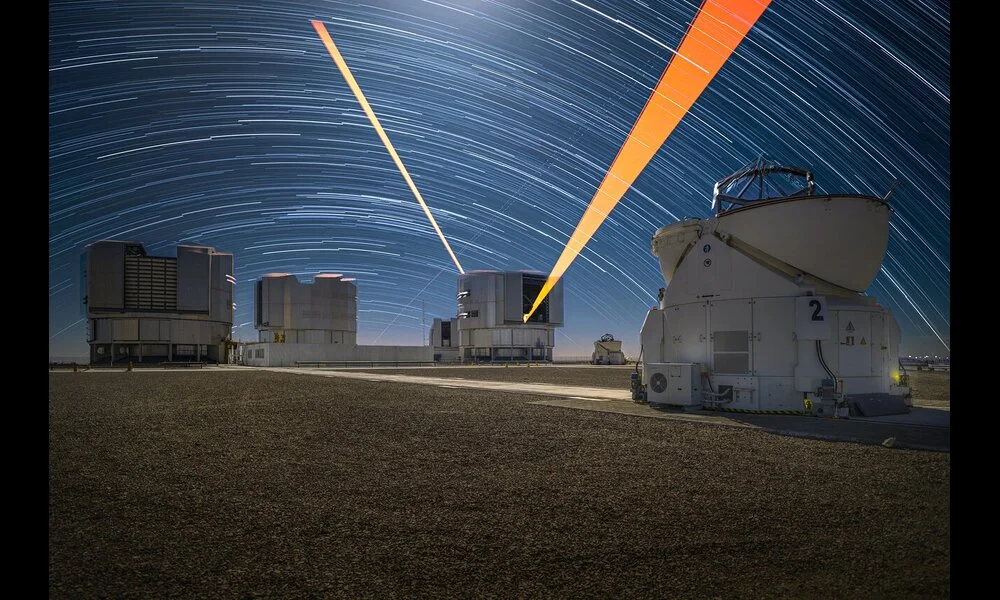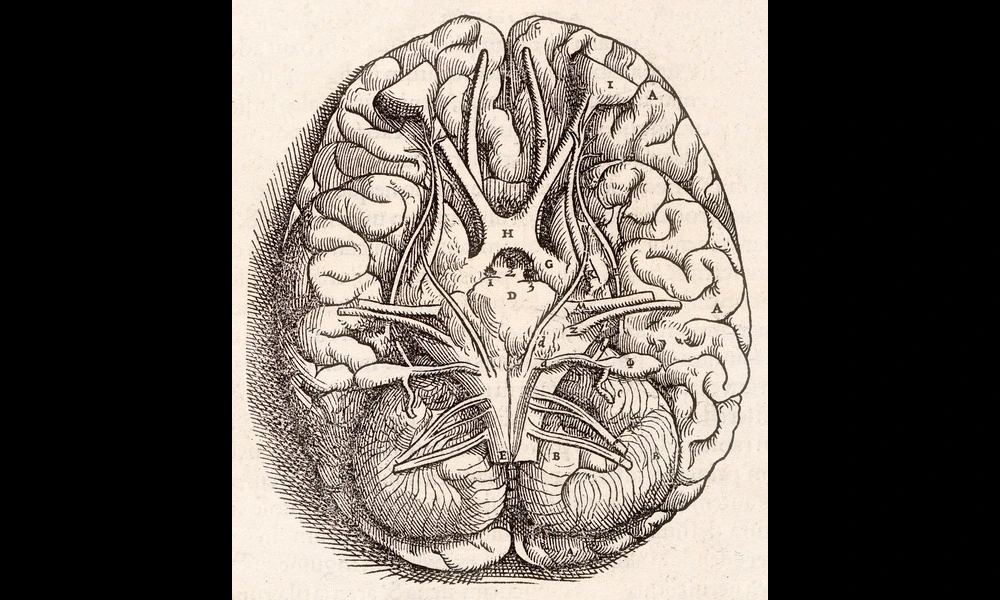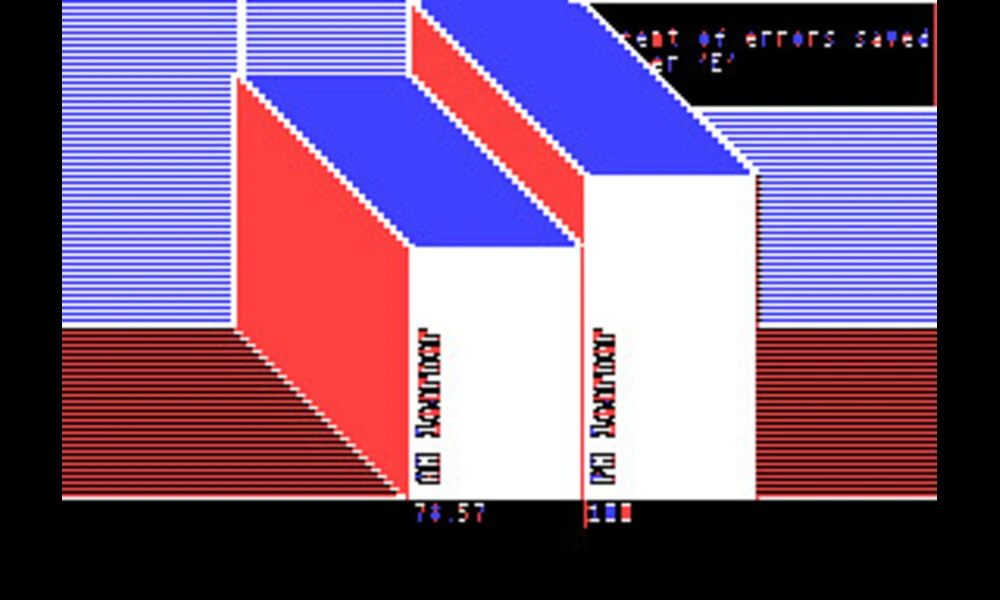Controlling Liquid Droplets with Light
Published on Wed Dec 06 2023 A laser show on Paranal | European Southern Observatory on Flickr
A laser show on Paranal | European Southern Observatory on FlickrItalian researchers have unveiled a way to control liquid droplets' behavior with light. Imagine being able to direct a stream of liquid with the simple shine of a laser — a concept that may soon leap from science fiction into reality. The recent study, which could revolutionize how we handle and control fluids in technology, revolves around an intriguing material known as a ferroelectric liquid.
When these nematic liquid crystals, which possess a sort of internal "polarization" similar to magnets, encounter the photovoltaic field of a special kind of crystal substrate, something extraordinary happens: They break apart, sending tiny jets of liquid flying explosively away. However, the researchers discovered that by directing a focused beam of light towards the edge of the droplets, they could manipulate where these jets would form. And by moving the light, they could essentially "walk" the fluid jets across surfaces, up to millimeter distances.
This interplay between light and liquid goes beyond simple novelty. The ejected fluid jets' directionality and the way light repels or attracts them could lead to significant technological advancements. It means we can precisely control where and how these jets move, offering a potential for new fluid-based delivery systems, microfluidic devices, or materials processing methods that involve precise fluid manipulation.
One astounding aspect of this research is the ability to do all of this without altering the temperature of the substrate. In an age where gadgets continue to shrink, and every degree matters, a temperature-independent control method could be highly advantageous.
Whether used for crafting more intricate electronic components, drug delivery systems, or innovations not yet imagined, this study's insights into the control of droplets at such a small scale open a plethora of futuristic possibilities. The team's discoveries about managing "smart" fluids using light stand as a testament to the blend of ingenuity and fundamental science driving us toward the next frontiers of material science and engineering.
Keep Reading
New research has identified and addressed the intrinsic impairments that limit the accuracy of temperature measurements in silicon photonic ring resonator thermometers. These impairments arise from changes in the waveguide effective index, as well a...


